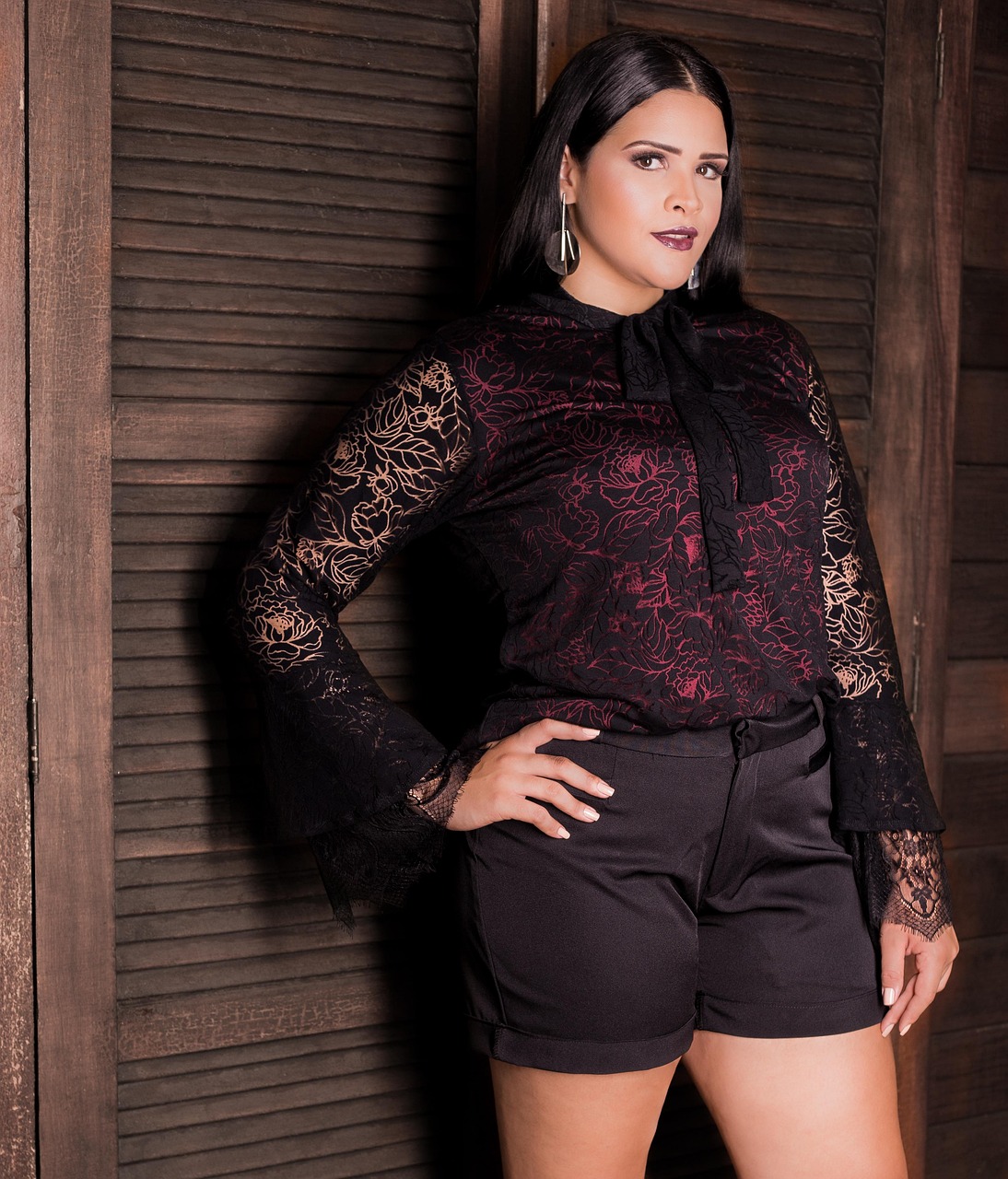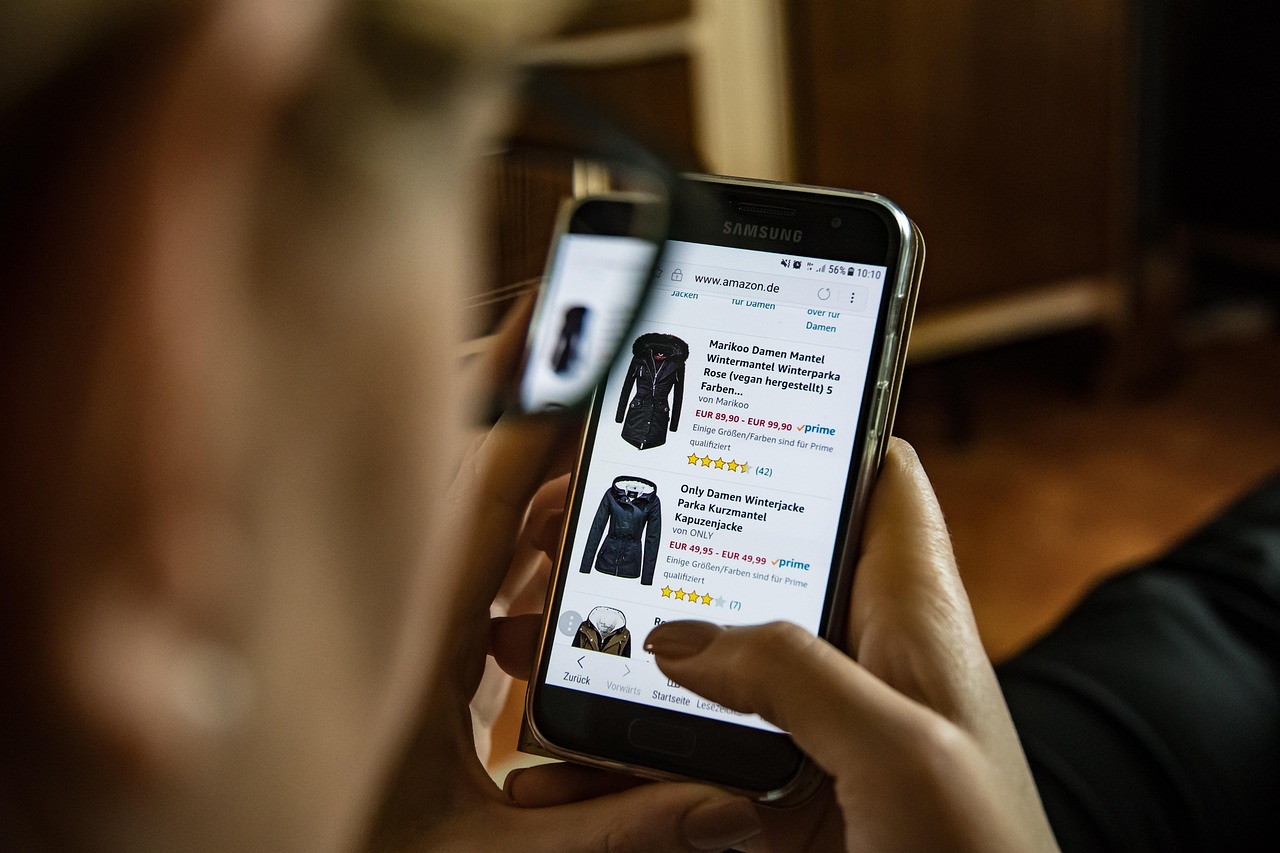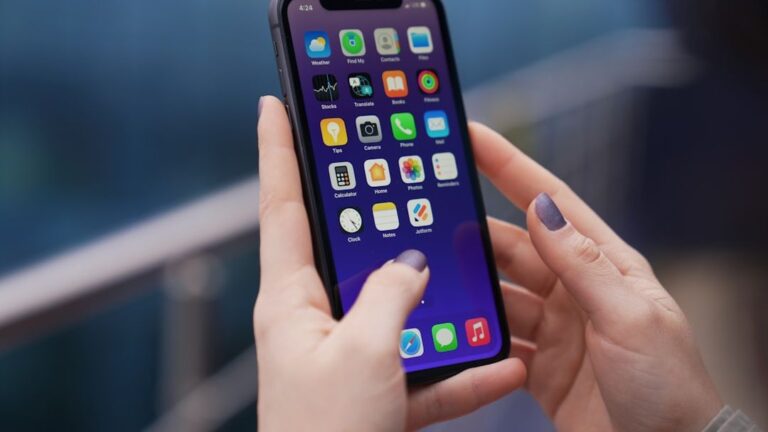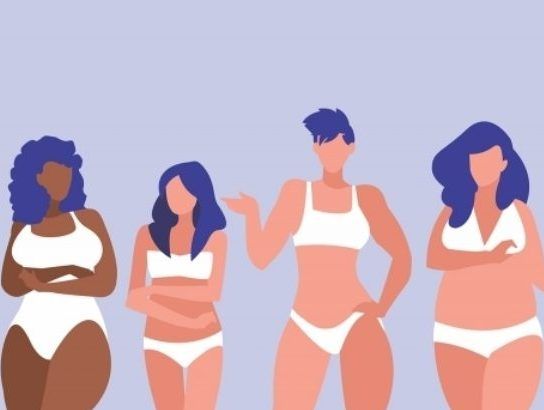Plus Size Fashion is Just Oversized Straight Size Clothing
This myth couldn’t be further from reality. Plus size bodies require completely different construction techniques and pattern grading to achieve a proper fit. Some market themselves as being size inclusive but only go up to a XXL-XXXL, or their “plus sizes,” are actually sized-up straight sizes and not designed for plus size bodies. Styles can be quite matronly, boring, or ugly, and nothing like their straight size pieces (which also have a much larger selection).
Authentic plus size clothing takes into account different body proportions and curves that exist above size 14. Professional designers create patterns specifically engineered for fuller figures, adjusting everything from bust darts to hip measurements to create flattering silhouettes.
The Plus Size Market is Too Small to Matter

This assumption is wildly inaccurate when you look at actual consumer data. Approximately 67% of American women wear a size 14 or above. This significant segment of the population has historically been underserved in the fashion industry, with limited options available in terms of style, quality, and accessibility. Meanwhile, more than half (54.4%) of women in the US wear a size 14 or above – considered “plus size” by the industry.
The financial impact is equally impressive. The global plus size clothing market was valued at USD 114.1 billion in 2023 and is set to grow at a CAGR of 5.1% from 2024 to 2032, driven by surging demand for inclusivity, improvement in style and fit, growth in e-commerce shopping. That’s not a niche market – that’s a billion-dollar opportunity that smart brands can’t afford to ignore anymore.
Plus Size Clothing is Always More Expensive for Good Reason
While production costs can be higher due to increased fabric usage, the price difference isn’t always justified by manufacturing expenses alone. These increased production costs are often passed on to consumers, resulting in higher price points for plus-size apparel. For price-sensitive consumers, this can be a significant barrier to purchase. Furthermore, budget-conscious retailers may hesitate to expand their plus-size offerings, limiting the diversity of options available in the market.
Smart manufacturing and economies of scale can reduce these costs significantly when companies commit to inclusive sizing across their entire operation. Some brands use pricing as an excuse to avoid serving plus size customers, rather than addressing the actual cost structure.
Plus Size People Don’t Care About Fashion Trends
This harmful stereotype suggests that people above a certain size are content with whatever clothing options exist. In reality, plus size consumers are just as fashion-forward and trend-conscious as anyone else. It’s hard for plus-size women to discover their style when their options are so limited. The issue isn’t lack of interest – it’s lack of access to stylish options.
The growth of plus size influencers on social media platforms proves this point beautifully. These creators showcase incredible style and creativity, often working harder to put together fashionable looks because mainstream brands haven’t provided adequate options. They’re not settling for less – they’re demanding more and showing the industry what’s possible.
Size Inclusivity on Runways Doesn’t Impact Real Fashion
Fashion weeks set the tone for the entire industry, and their lack of representation has real consequences for consumers. Of 9,137 looks across 219 shows in New York, London, Milan and Paris, just 0.6 per cent were plus-size (US 14+) and 3.8 per cent were mid-size (US 6-12). This means 95.6 per cent of looks presented for AW23 were in a size US 0-4. This narrow representation trickles down to retail.
The situation has actually gotten worse recently. The most recent report, released in March 2025, showed the number of plus-size models had dropped to a minuscule .3% of looks presented – meaning of the 8,703 looks presented across 198 shows, 24 pieces would fit the average consumer. When designers don’t see diverse bodies on runways, they don’t design for them in their retail collections either.
Online Shopping Solves All Plus Size Fashion Problems

While e-commerce has expanded access, it hasn’t eliminated the fundamental problems with plus size fashion. The even bigger problem Plus size creators talk about is the online shopping experience. Most Plus Size fast fashion options are hidden and quite impossible to find without dedicating a significant amount of effort to finding something worth buying.
Sizing inconsistencies across brands make online shopping particularly challenging for plus size consumers. Inconsistent sizing standards among brands pose a significant challenge for plus-size consumers, particularly when shopping online. Without the ability to try items on, plus size shoppers face higher return rates and more frustration than their straight-size counterparts.
Plus Size Fashion Progress is Moving Forward Consistently

The reality shows a troubling pattern of progress followed by regression. Brands like Adidas, Anthropologie, and Athleta joined the plus-size fashion market by introducing extended sizing in 2019. Forever 21, which carried plus sizes online through its “curve” initiative, brought larger sizes to the brand in 2009. But rather than the initiatives expanding, the brands seem to have rolled them back as time has gone on. Take, for example, Loft, which announced its plus-sized line in late 2017, only to quietly pull the options off its website in March 2021. When grilled by shoppers in Instagram comments, the brand wrote, “Due to continued business challenges from the last year, we have had to make some very difficult decisions, which has impacted our go-forward sizing.” By the fall of 2021, the brand had returned to its original sizing, stopping at size 18.
This backsliding isn’t accidental. By 2023, brands like Nordstrom and Old Navy announced plans to scale back on extended sizes or eliminate them due to inventory challenges. Adding to the setback, a 2022 Plunkett Research survey found that over 50% of U.S. clothing retailers had reduced or eliminated in-store plus-size sections, pushing larger sizes exclusively online. The trend toward regression shows that size inclusivity was often seen as a marketing trend rather than a genuine commitment to serving all customers.
Plus Size Clothing Lacks Style and Quality Options
This myth persists because many brands still treat plus size lines as afterthoughts rather than integral parts of their collections. Most mainstream department stores have a minimal selection regarding plus sizes. The options available tend to be more matronly and less trend-forward. It can definitely lead to a disheartening and lackluster shopping experience. However, this reflects poor brand strategy rather than inherent limitations of plus size fashion.
Independent plus size brands and forward-thinking mainstream labels prove that stylish, high-quality options are absolutely possible. These brands focus specifically on plus size fit and construction, creating pieces that rival any straight-size offering in terms of design, fabric quality, and construction details. The myth persists because too many brands still haven’t committed to doing the work properly.
Body Positivity Has Solved Plus Size Fashion Problems
While the body positivity movement brought important awareness, it hasn’t translated into systemic change across the fashion industry. Opportunities for plus-sized models in fashion are disappearing at an alarming rate: During the spring/summer 2020 season, 86 plus-size models walked runways across all four major cities, a tremendous improvement that accounted for 2.8% of all models; by spring/summer 2025, that had plummeted. There were signs: The Miu Miu Spring 2022 collection, which largely featured very thin models to show off the Abercrombie-core ultra-mini skirts; the quiet retreat of high fashion and mall brands alike from offering size extensions in their clothes, citing financial concerns in the wake of the COVID-19 pandemic; and, of course, the rise and rise and rise of GLP-1s like Ozempic. It’s that latter piece of the puzzle which has particularly seemed to bring pop culture as a whole screeching back to the standards of thinness which dominated the early aughts.
The movement created awareness and conversation, but real change requires sustained business commitment and investment in proper design, fit, and marketing. Social media campaigns aren’t enough when the fundamental business practices haven’t changed.
Weight Loss Drugs Will Eliminate the Plus Size Market
This recent myth suggests that medications like Ozempic will shrink the plus size consumer base, making investment in this market unnecessary. Not everyone can – or wants to – take weight loss drugs. And even those who do don’t magically become a size four. The plus-size population isn’t vanishing tomorrow. This assumption ignores both the complexity of body size and the diverse reasons people wear larger sizes.
Even with increased usage of weight loss medications, the plus size market remains substantial and growing. The use of GLP-1 medication for weight loss has boomed in the last few years, with a study by University of Michigan Medicine showing a 594% increase in the monthly number of adolescents and young adults using the drugs between 2020 and 2023. However, this represents a small fraction of the overall population, and body diversity will always exist regardless of medical interventions.
The Fashion Industry is Already Doing Enough for Plus Size Consumers
Current industry efforts fall dramatically short of meeting actual consumer needs. Given that we ALL have to wear clothes, we should all be able to find and buy clothes that fit not just our body, but also our style, our budget and our values. But for many women that is not the case. New US body data, published by social-shopping platform Mys Tyler, shows that more than half (54.4%) of women in the US wear a size 14 or above – considered “plus size” by the industry. And despite plus size being the majority, this segment of consumers has it the worst when it comes to shopping, with a host of additional limitations beyond those experienced by the straight and mid-sized categories.
The gap between what exists and what’s needed remains enormous. It’s fat phobia. It’s anti-fat bias that has leaked into our culture. It’s so stupid because there’s money to be made. There’s money on the table for brands to make. Until the industry treats plus size consumers as valued customers rather than an obligation, the myth that “enough is being done” will continue to harm millions of shoppers who deserve better options.
Conclusion
These myths aren’t just misconceptions – they’re barriers preventing millions of people from accessing fashion that fits their bodies and expresses their personal style. The data clearly shows a massive, underserved market worth billions of dollars, yet outdated assumptions continue to drive business decisions that leave consumers frustrated and excluded.
Real change requires the fashion industry to abandon these harmful myths and commit to serving all body sizes with the same creativity, quality, and respect given to straight-size fashion. The plus size community isn’t asking for charity – they’re demanding the excellent service and stylish options they deserve as paying customers. Isn’t it time the industry finally listened?






